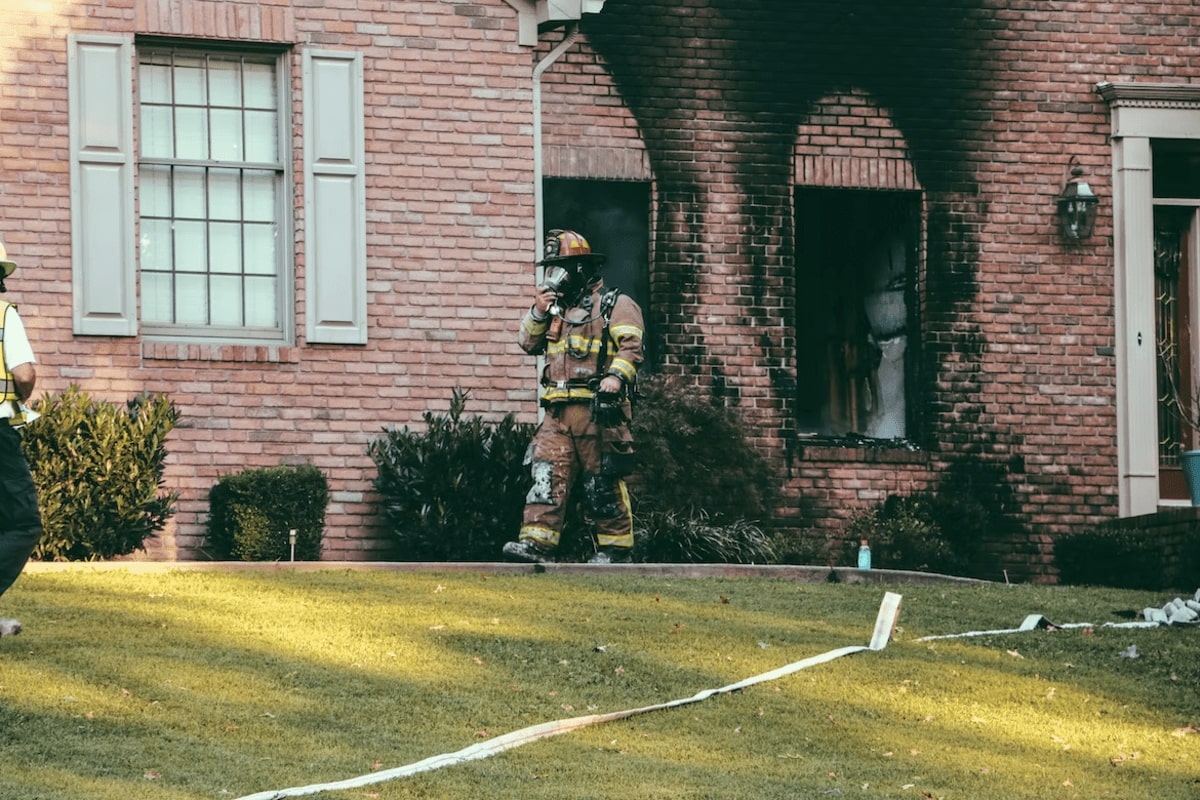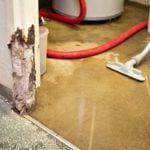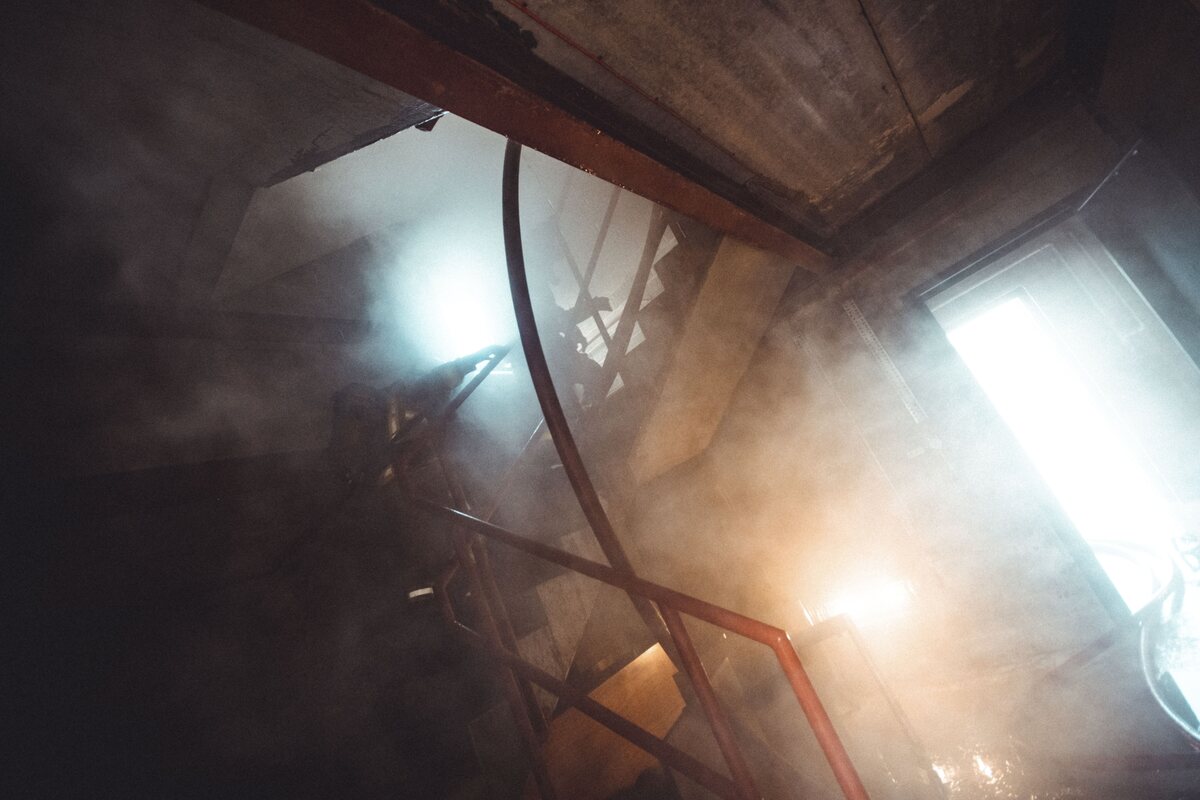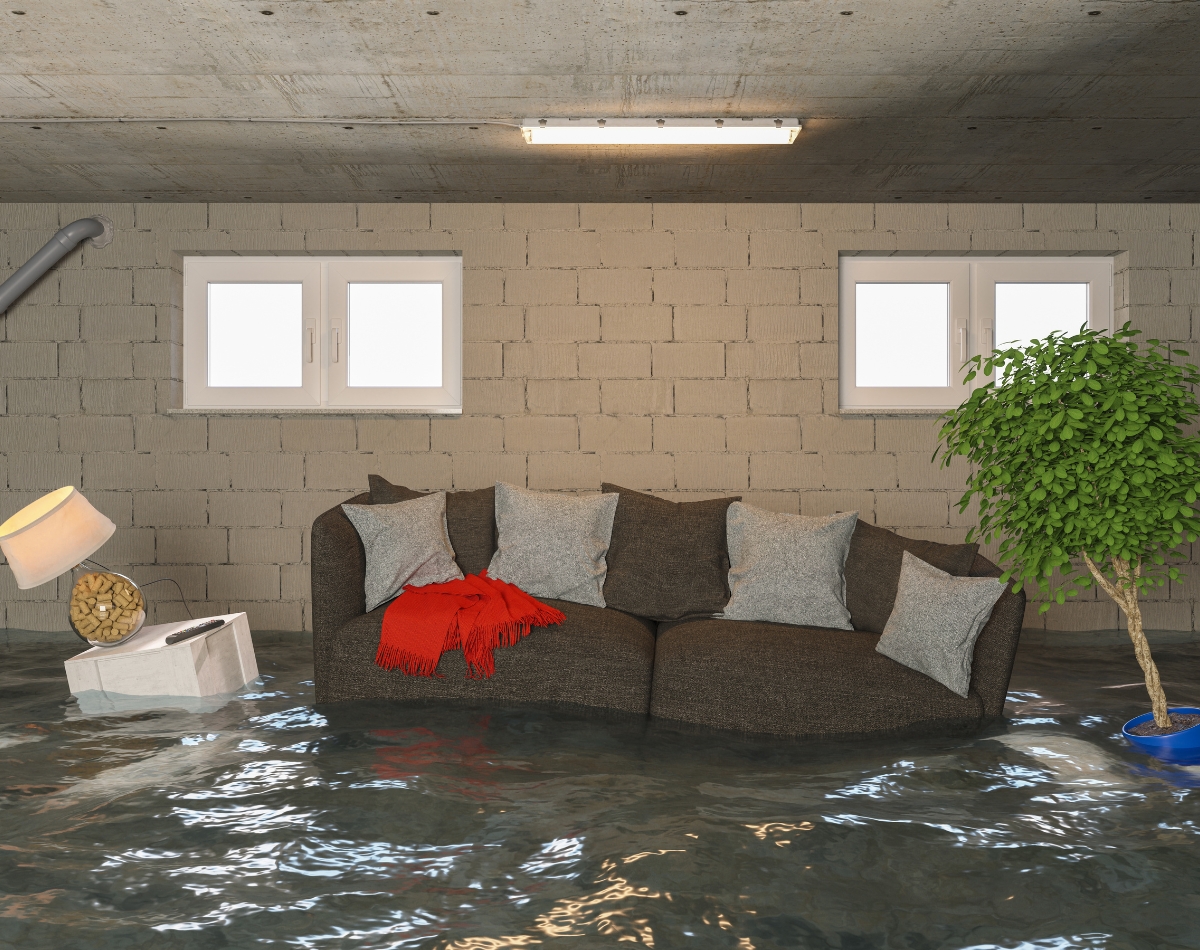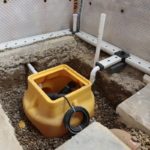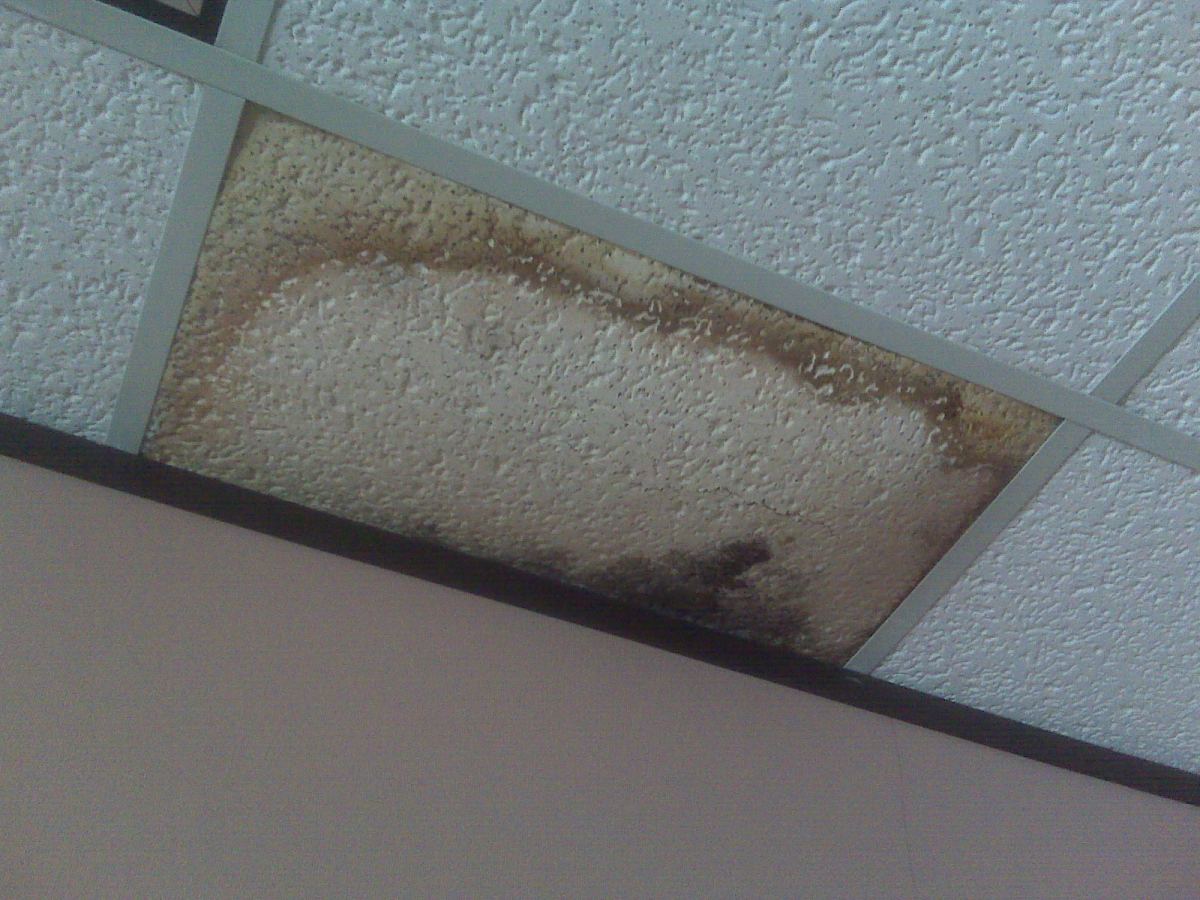
Water damage in your home can range from irritating to catastrophic. And it’s something many homeowners will have to deal with eventually: Water damage insurance claims are neck and neck with fire as the most common claims homeowners file, behind wind and hail.
Recovering from water damage to your home requires you to take immediate action, assess the damage, and complete various cleanup steps. Here’s what you should know about water damage restoration.
In this article, we’ll cover:
- Causes and Prevention
- First Steps When Flooding Occurs
- Assessing the Damage
- Contacting Your Insurance Company
- Cleanup and Restoration
- Related Services
- FAQ
- Final Thoughts
Causes and Prevention
As we stated above, water damage results in more insurance claims than almost anything else.
| Type of Claim | Pct. of total claims 2018 | Pct. of total claims 2019 | Pct. of total claims 2020 |
| Wind and hail | 40 | 38.1 | 45.5 |
| Water damage and freezing | 23.9 | 28.4 | 19.9 |
| Fire and lightning | 26.2 | 22.4 | 23.8 |
| Theft | 0.9 | 0.9 | 0.6 |
| All other property damage | 6.5 | 7.1 | 7.9 |
| Bodily injury and property damage | 2.3 | 2.7 | 2 |
| Medical payments/other | 0.2 | 0.2 | 0.3 |
National Insurance Institute
Water damage can occur from natural disasters, but the majority of water damage events result from leaky pipes and water storage vessels in the home. A homeowner’s best bet is to identify potential areas of concern and take preventative measures before a water damage event.
Here are some of the top reasons for water damage.
Weather
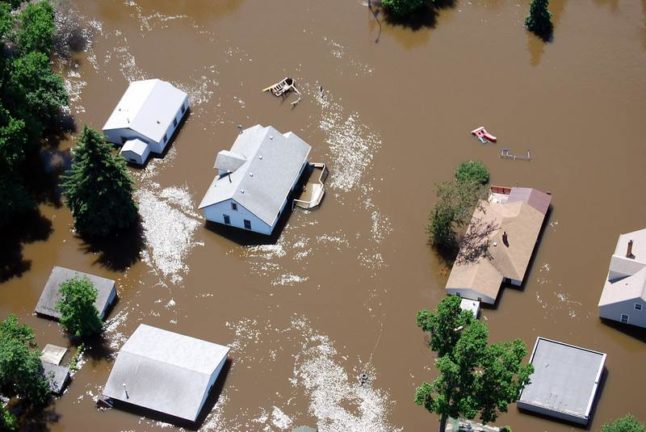
U.S. Army Corps of Engineers / Flickr / Public Domain Mark 1.0
Weather events such as floods, hurricanes, and severe thunderstorms, account for the smallest percentage of water damage claims. Homeowners can prevent property damage from these types of disasters by ensuring their gutters are clean, maintaining the home’s structural integrity, and confirming proper drainage around your home and property.
Freezing Temperatures
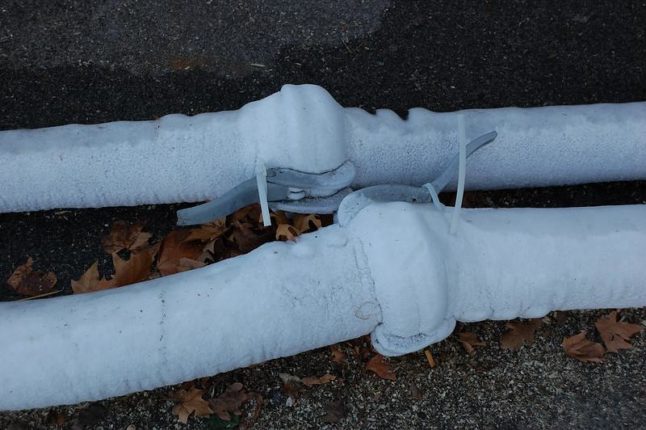
Frozen water can expand within a pipe, causing it to burst. During freezing temperatures, homeowners should insulate pipes, turn up the heat, and open cabinets to ensure warm air reaches cold pipes.
Clogged Drains
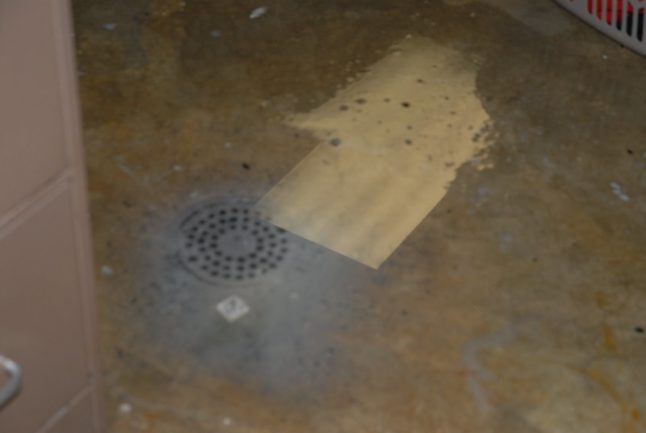
Blocked drains in the kitchen, bathroom, and laundry room are common causes of water damage in the home. Regular cleaning of drains can prevent most occurrences of this type of water damage, and the average homeowner can utilize over-the-counter drain cleaners and plunging tools to resolve clogs. It may be necessary to consult with a professional when the clogs are stubborn.
Leaking Appliances
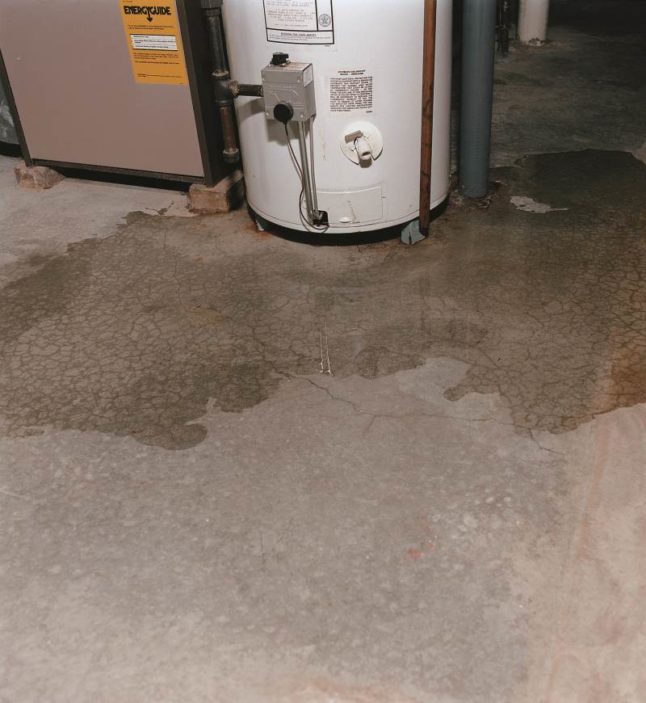
Supply lines to washing machines, ice makers, and water heaters are common areas of failure in a home. Dated appliances can rust and rupture with age, as well. Regular inspection of supply lines and connections, along with maintenance on appliances, can help prevent water damage from these household appliances.
Condensation
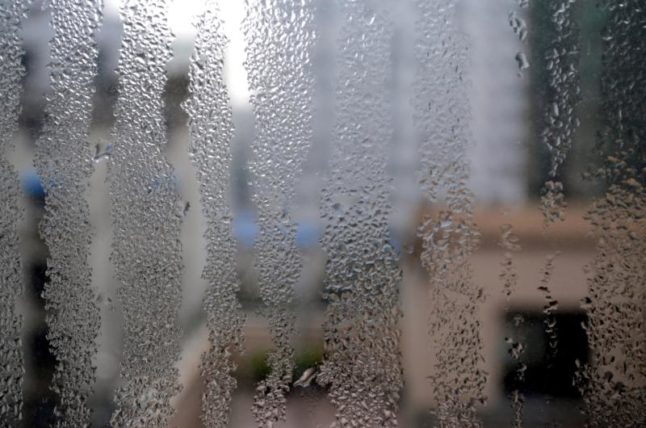
Condensation occurs when humid air comes into contact with a cold surface. Air conditioning units and windows are common areas where condensation occurs. Drip pans and proper drainage can prevent damage in your home from A/C condensation. Properly sealed windows and functioning air systems can reduce humidity and prevent condensation on windows.
First Steps When Flooding Occurs
Immediately after discovering that you are experiencing a water damage event, you should take the following steps to prevent further damage and ensure your safety. In the event of natural disasters and floods, you may need to bypass all these steps and involve emergency services.
Identify the Source
If possible, identify the source of the water damage. Depending on the type of leak, it may not be possible to determine the water source. Keep your safety and mind and avoid venturing into deep water or areas exposed to electrical wiring.
Turn Off the Electricity
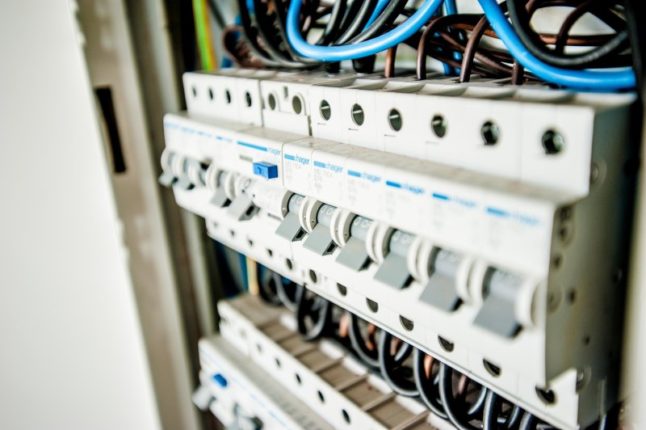
If you are worried that the water has come in contact with electrical wiring you should turn off the electricity in the affected area as soon as possible. If possible, go to your breaker box and disable the electricity for the area of the home where flooding has occurred.
Turn Off the Water
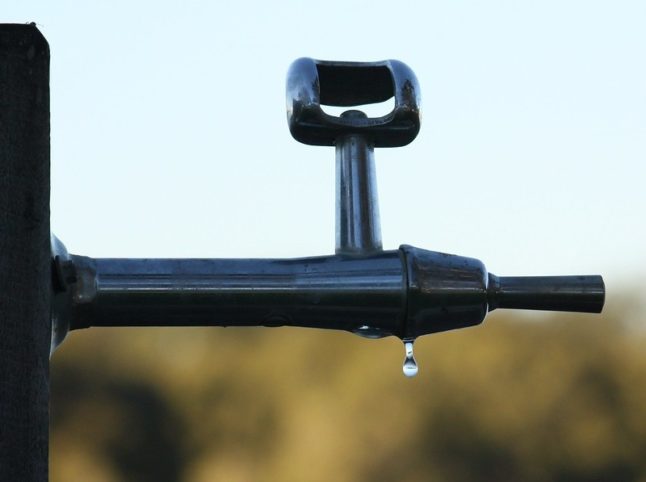
Depending on the type of water leak (i.e. sink, toilet, ice maker, washing machine) you may be able to turn off the water at the source via the supply line at the wall.
In some cases, you may be able to turn off the water flowing in and out of your water heater via valves located on the appliance.
If all else fails, the main shutoff valve from your water municipality is typically located near the property line and water meter. Turning this valve off will shut off all water to your home and hopefully stop further damage.
NOTE: If the water damage is caused by natural events like rain, snow, or floods, you may not be able to stop the flow of water. Any steps you can take to prevent or contain the flow of water into your home at this point will be beneficial in expediting your cleanup process.
Reduce the Amount of Water
Once you’ve stopped the flow of water, anything you can do to stop further damage will aid in your final cleanup. Soaking up water with towels or sponges, removing water with buckets, or unclogging drains will all help minimize damage and the repair bill.
Document the Damage
After you’ve done as much as possible to minimize the impact of the water damage, it’s time to begin documenting the damage. Take as many pictures as possible to fully document the extent of the damage throughout the assessment process. This will help if you need to file an insurance claim.
Assessing the Damage
After you have ensured your safety by turning off the electricity and prevented further damage by turning off the water, it is time to begin assessing the damage. The type of water, time of exposure, structural damage, and health risks should all be considered when determining the extent of your water damage emergency.
Types of Water
Essential to assessing the damage is determining what type of water has entered your home. There are three categories of water associated with water damage in the home. The higher the category the more significant the cleanup costs. Determining the type of water will determine how you approach cleaning.
Clean Water (Category 1)
Clean water is water from a clean source such as a water heater, sink or shower faucet, rain, or snow. This type of water represents little of no hazard to the cleaner. The cost for a professional to clean up category 1 water damage is between $2.90 and $4.10 per square foot.
Gray Water (Category 2)
Gray water is water that has come into contact with a contaminant. Water mixed with cleaners, food, or detergents from a washing machine or dishwasher would be considered gray water. This type of water represents a possible hazard to the cleaner. The cost to clean up category 2 water damage is between $4 and $6.50 per square foot.
Black Water (Category 3)
Black water is the most dangerous category of water. This water is highly contaminated and poses a health risk to those that come in contact. Flood water and water exposed to sewage are considered black water. Only professionals should clean up black water because of the risks. The price will run between $7 and $7.50 per square foot.
| Types of Water | Characteristics | Cost per square foot |
| Clean Water (Category 1) | • Clean • No health risk | $2.90 – $4.10 |
| Grey Water (Category 2) | • Light contaminates • Moderate health risk | $4.00 – $6.50 |
| Black Water (Category 3) | • Highly contaminated • High health risk | $7.00 – $7.50 |
Time
How long the water has been in place is key to determining how to appropriately clean up the water damage.
Minutes
Within minutes of a water damage event, furniture begins to stain and floors and walls begin to absorb moisture.
Hours
Hours after a water damage event, the house begins to smell and the cabinetry and furniture begin to weaken from exposure to moisture.
Days
Days after a water damage event, the water in the home may have become hazardous, mold has begun to set in, and walls and floors have begun to deteriorate, requiring replacement.
Weeks
Weeks after a water damage event, the home will no longer be habitable. Mold contamination and the home’s declining structural integrity make staying in the home impossible.
Months
Months after a water damage event, the house may be considered unsalvageable and insurance may refuse to pay for the cleanup because of neglect.
| Time | Damage |
| Minutes | • Floors begin to absorb • Furniture begins to stain |
| Hours | • House begins to smell • Cabinetry/furniture begins to weaken |
| Days | • Water has moved to black water category • Mold has set in • Walls/floors deteriorate require replacement • Structural integrity of home compromised |
| Weeks | • Home is uninhabitable • Restoration costly |
| Months | • House unsalvageable • Insurance claims may not be possible |
Structural Damage
Damage to the support structure of the home can begin hours after the building materials are exposed to water. Assessing the time since the event and testing the integrity of the material at the site of the accident are vital to determine appropriate cleanup steps and whether or not you need to contact a water damage restoration company.
Health Risks
Blackwater, mold infestation, mildew contamination, fungal spores, and bacteria growth pose significant health hazards following a water damage event. Determining the type of water and looking for areas where mold and fungal growth are occurring are key to determining next steps in the cleanup process.
The potential for illness and death can occur in extreme situations. Without access to the proper protective gear, homeowners should consult with a professional to avoid significant health issues that may occur during water damage cleanup.
Contacting Your Insurance Company
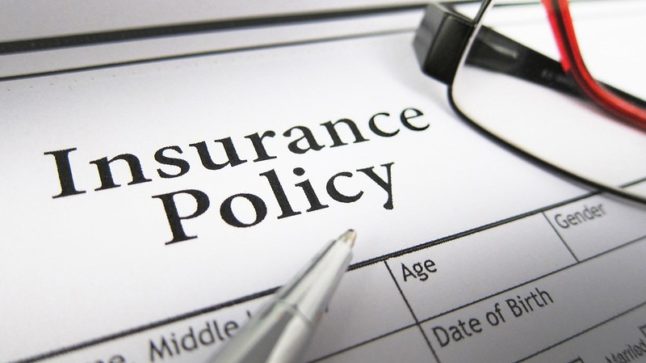
After assessing the damage and documenting, it is now time to determine whether or not to contact your insurance company. You should consider the following when making this decision:
- What is the extent of the damage?
- Can I clean up the damage myself?
- Are there health risks involved in the clean-up process?
- Are there structural issues that I cannot deal with?
- What is my insurance deductible?
- Does the size of the clean-up and my deductible make it worth it to contact insurance?
Cleanup and Restoration
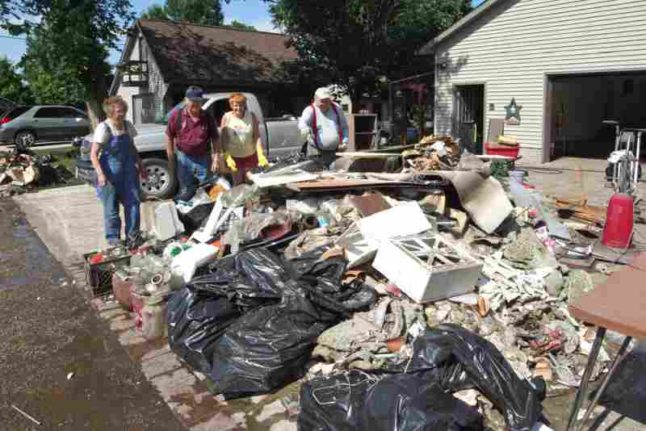
Clean-up and restoration of water-damaged properties is a complex process. As mentioned previously any black water or mold-laden properties should be left to professionals. Children should not be included in restoration projects for their safety.
Wear Protective Equipment
If you are attempting a DIY cleanup and restoration make sure you wear personal protective equipment including at minimum an M95 respirator, goggles, and protective gloves.
Retrieve Salvageable Items
Take time to remove furniture and other salvageable items that remain in good condition or can easily be repaired. Items beyond repair should be documented for insurance and thrown away.
Deal With the Moisture
Moisture is the enemy. The longer your home stays wet the more likely mold and bacteria will grow. Take these steps to eliminate as much moisture as possible.
Ventilation
Airflow is key to drying up excess moisture and preventing mold growth. Open windows, turn on ceiling fans, and bring in high-powered shop fans or air movers to circulate air throughout the affected area. These should remain on throughout the cleanup.
You may want to consider turning on your HVAC system, but it is important to have it checked for contamination before turning it on to avoid spreading mold throughout the household. In the meantime, bring in dehumidifiers to begin removing moisture from the air.
Water Removal and Extraction
Remove excess water using bilge pumps, buckets, and wet/dry vacuums to remove standing water and as much moisture as possible.
Moisture Absorbing Materials
Apply moisture-absorbing materials like silica desiccants, kitty litter, or industrial spill absorbents to hard-to-reach areas or areas where you can tell there is still extensive moisture saturation. These materials will aid in moisture extraction.
Cleaning
After addressing the initial moisture issues in your home, it is time to begin cleanup. Follow these steps during this process.
Remove Damaged Material
Begin removing damaged and porous materials that are saturated with water or continue to hold water. Clear and scrape any flaking material during this process, start with the ceiling first to prevent duplication of effort. Drywall, wood flooring, and subflooring should be removed next. Dispose of materials appropriately.
Dry Vacuum / Sweep / Trash
Vacuum, scoop, or sweep up debris from damaged material removal. At this point, you can also remove the moisture-absorbing materials you’ve spread in saturated areas.
Clean Hard Surfaces
After all the large debris is removed from the room, begin cleaning all of the hard surfaces with disinfectant soap. A bleach and water solution should be used as an additional measure to kill bacteria and mold. As a note, never mix bleach with other chemicals as toxic combinations can occur.
Steam Clean Carpets
As a final step, steam clean the carpets to remove all contaminants.
Repair and Replacement
The final step after cleaning all the surfaces is to begin repairing and replacing all of the damaged building materials. Moisture-resistant primers, paints, and building materials are important to this portion of the process. At this point, you should add a mold killer and deodorizer as a final step to kill the remaining mold spores.
Related Services
Property owners that are dealing with water damage in their homes often have additional home improvement needs. Below are related services that may be of interest.
Mold Remediation
With significant amounts of water in the home, mold remediation becomes an important element of the cleanup process. The cost of mold remediation typically ranges between $1,373 and $3,325, with an average price of $2,347.
How to Clean Up Your Yard After a Hurricane
After a significant weather event like a tropical storm, not only will you have water damage to the home but you will need to clean up your yard after the hurricane.
Tips to Help Your Lawn Recover from Flood Damage
Large amounts of water from a flood causes significant damage to your home but it can also wreak havoc on your lawn. You may need to help your lawn recover from flood damage.
Gutters
You may wonder, “Are gutters really necessary?” Proper installation of gutters can help direct rainfall and prevent water damage to your home. The average cost for gutters ranges from $888 to $2,496.
FAQ
Most homeowners insurance policies do not cover natural disasters such as floods because of the significant costs. Typically homeowners are required to obtain a separate policy to cover floods.
Drywall can withstand exposure to small amounts of water but typically if the drywall becomes saturated it is impossible for it to return to its previous strength and condition.
As long as the leak has been stopped and the drywall is completely dry without structural damage, it is okay to paint over water-damaged walls. There are specialized paints available for these situations that create a waterproof barrier and prevent the stain from returning.
Probably not. If you have water damage it is important to eliminate the cause of the leaking water. Additionally, the wet building materials need to be dried completely to prevent mold and bacteria growth, health issues, and further structural damage. Not treating water damage may ultimately result in you having to contract professional water damage restoration services.
Mold thrives in humid, wet environments. It is fairly certain that mold will appear when building material remains wet for a full 24 – 48 hours.
Final Thoughts
Water damage restoration requires you to take immediate action, assess the damage, and complete various cleanup steps. During this process, black water, mold contamination, insurance requirements, and extensive damage may require you to consult an expert to complete the project.
Main Photo Credit: Bart Everson / Flickr / CC BY 2.0
